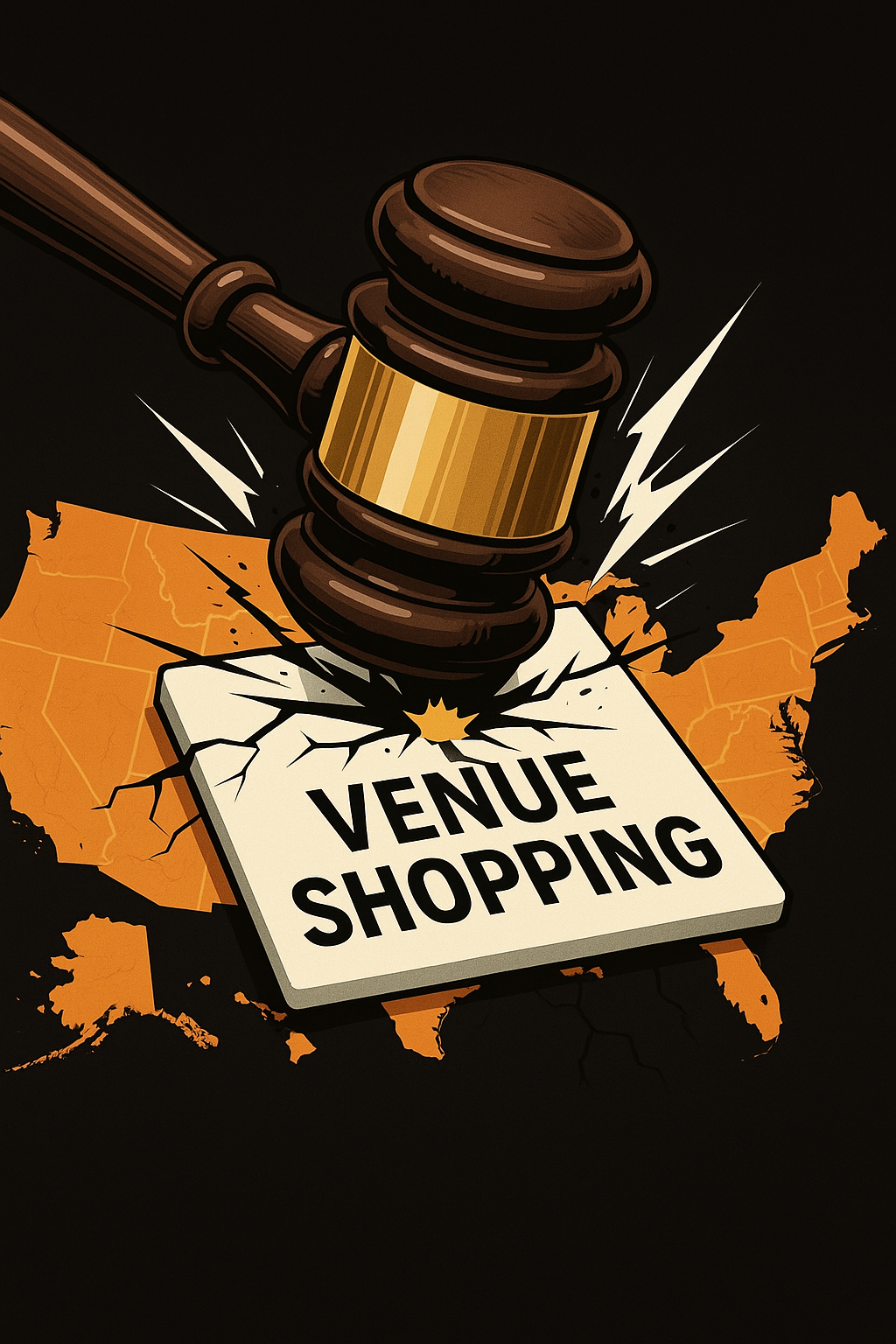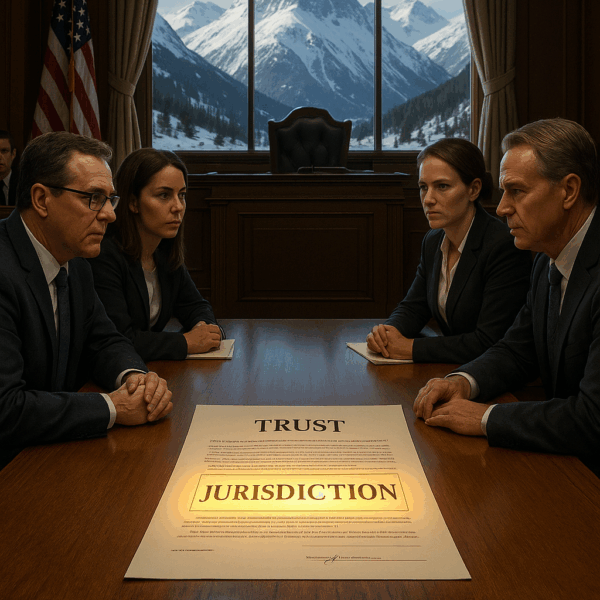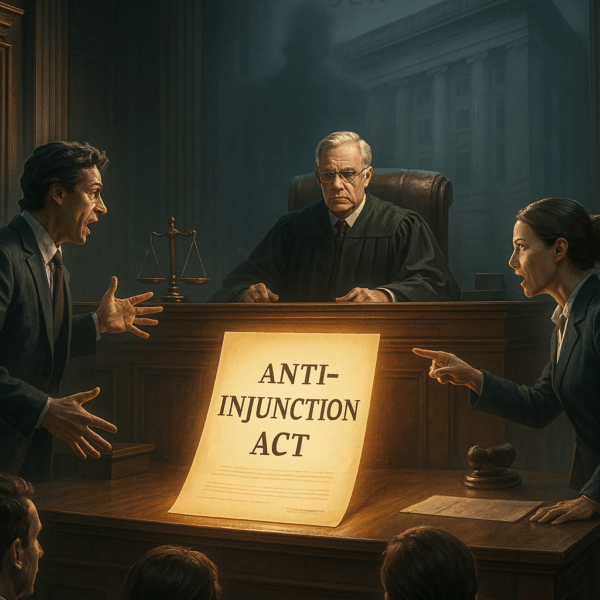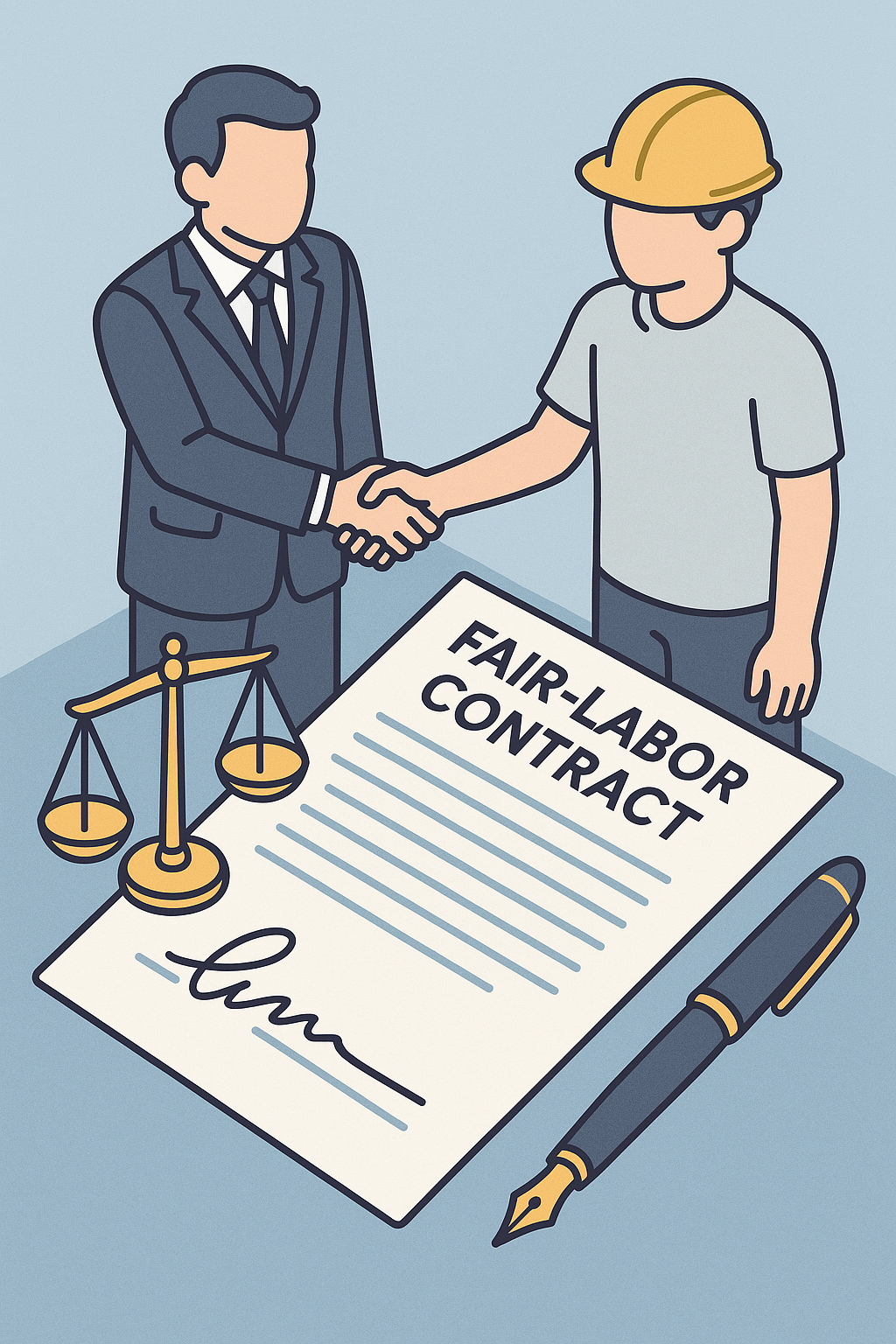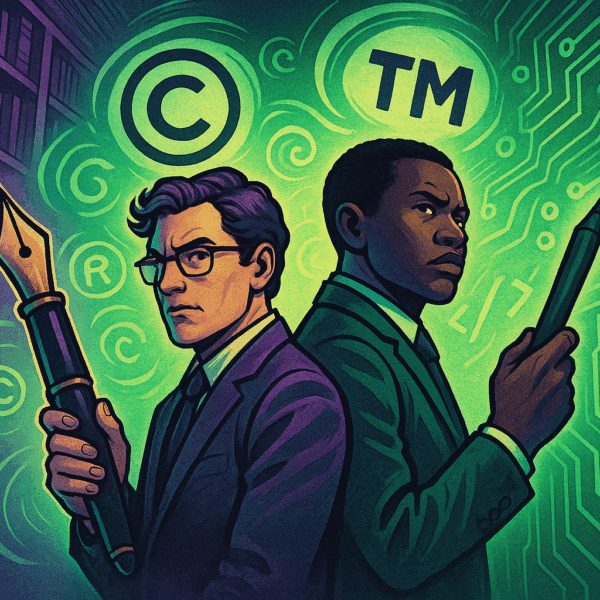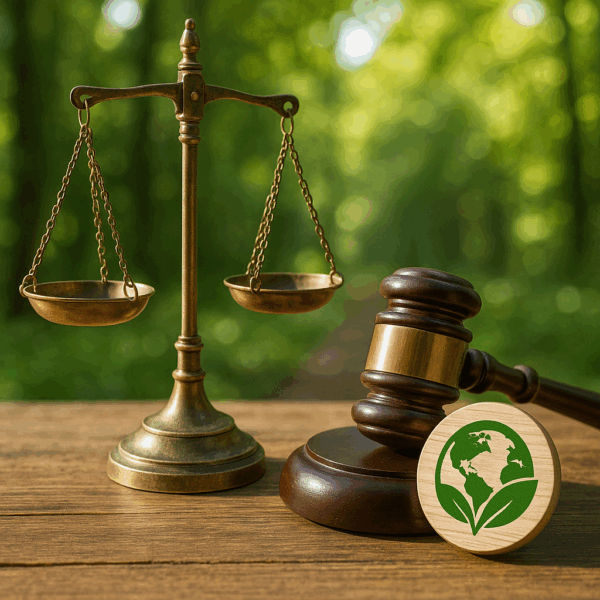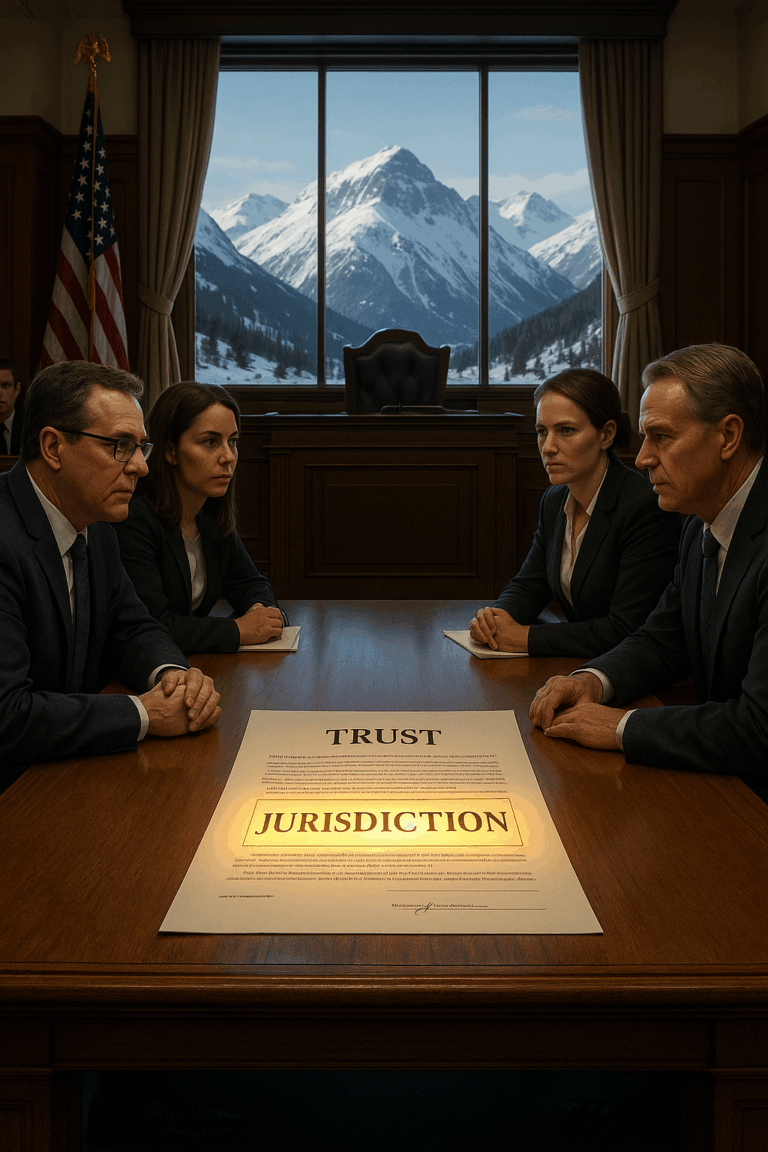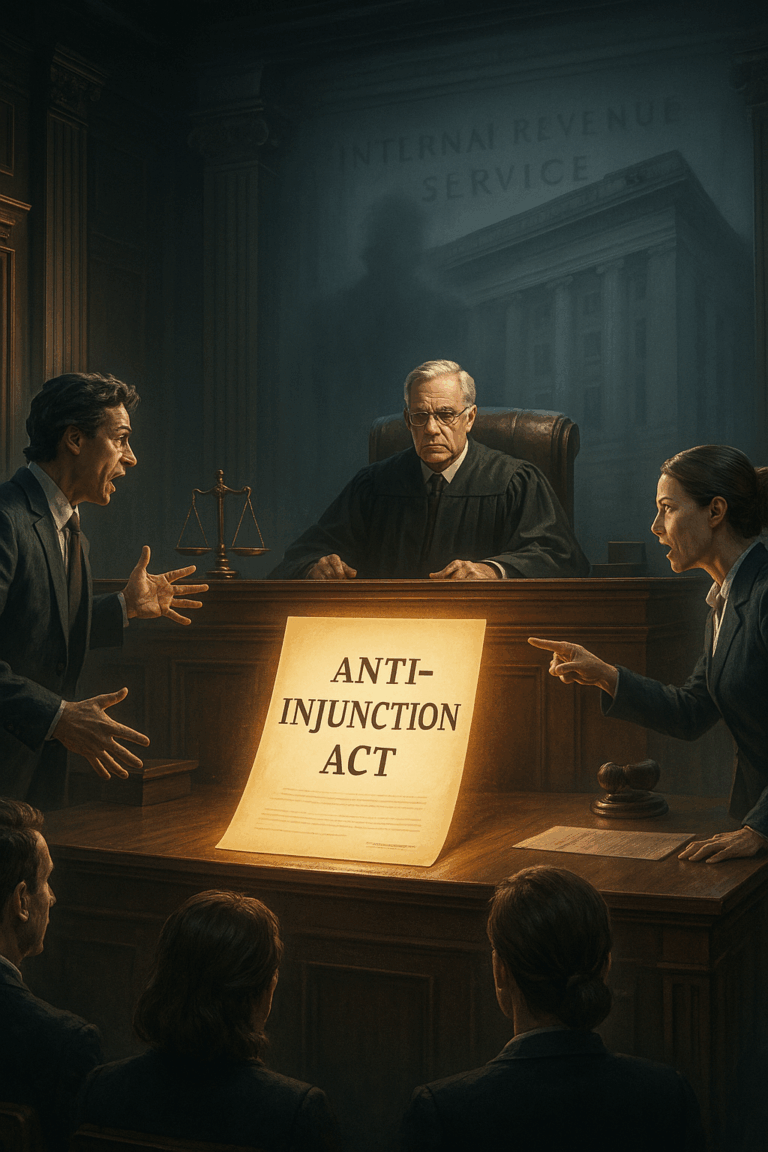The Supreme Court Just Hit the Gas on Fuel-Producer Lawsuits
What the Diamond Alternative Energy decision really means for climate regulation—and why it might be only the first domino to fall.
By The One Law Firm Team
On the Friday before the Fourth of July travel rush, the US Supreme Court quietly dropped a bomb on the nation’s climate-regulation playbook. In Diamond Alternative Energy, LLC v. Environmental Protection Agency, a 7–2 majority told a coalition of gasoline, oil, and ethanol producers: Yes, you can sue to stop California’s electric-vehicle rules—even though those rules target carmakers, not you.
At first glance the case looks like regulatory arcana—another skirmish in the long war over the Clean Air Act waiver that lets California impose tougher standards than Washington’s. But read past the legal jargon and you’ll find a ruling that rewires the circuitry of who gets to challenge environmental rules in federal court. Think of it as a new turbocharger bolted onto the machinery of administrative law: industries that once lurked in the regulatory shadows can now peel out onto the litigation freeway, armed with little more than “commonsense economics” and a plausible story about lost revenue.
“Reducing gasoline and diesel fuel consumption is the whole point of the regulations.”
—Justice Brett Kavanaugh, majority opinion
“Moneyed interests enjoy an easier road to relief in this Court than ordinary citizens.”
—Justice Ketanji Brown Jackson, dissent
How We Got Here: A 12-Year Ping-Pong Match
| Year | Regulatory Milestone | Administration | What Happened |
|---|---|---|---|
| 2013 | EPA grants California a Clean Air Act §209(b) waiver for its Advanced Clean Cars (ACC) program | Obama | California may require automakers to sell more EVs |
| 2019 | Partial waiver withdrawal | Trump I | EPA says California can’t tackle global climate change with a law aimed at local smog |
| 2022 | Waiver reinstated | Biden | EPA restores full ACC authority |
| 2024 | D.C. Circuit tosses fuel-producer suit | Biden | Court says injury is too speculative—no standing |
| 2025 (Jun 20) | SCOTUS reverses | Roberts Court | Standing is established; case sent back for merits |
Table 1: Key beats in the California waiver saga
The lawsuit began after the Biden-era EPA restored the waiver in 2022. Diamond Alternative Energy—a Valero subsidiary—and allied fuel companies argued that forcing automakers to churn out electric cars would shred their core business model: selling liquid fuel. California countered that the market was already stampeding toward EVs, so court relief wouldn’t help Big Gas one bit.
The D.C. Circuit bought that theory and tossed the suit. The Supreme Court did not.
The Majority’s Road Map: Predictable, Commonsense Inference
Justice Kavanaugh’s opinion reads like a primer on Econ 101 causation:
- Injury in fact: Less gasoline sold = less money earned.
- Causation: California’s rules are designed to slash gasoline demand.
- Redressability: Junk the rules → automakers pivot back toward gas cars → fuel sales tick up—“even one dollar” is enough.
No expert econometrics, no automaker affidavits, just a “predictable chain of events.” In Kavanaugh’s framing, the fuel producers are practically the direct object of the regulation because California is “prohibiting one company [carmakers] from using another company’s product [fuel].”
The Dissent: Standing on Shaky Ground
Justice Sonia Sotomayor wanted to remand for a factual cleanup; Justice Ketanji Brown Jackson wanted the Court to stay out altogether. Jackson’s blistering dissent warns that the majority’s lenient standing test “gives fodder to the unfortunate perception that moneyed interests enjoy an easier road to relief” and could erode public trust in an already embattled Court.
Evidence That Moved the Court
| Evidence Slice | What It Showed | Why It Mattered |
|---|---|---|
| California’s own projections | Gas-demand drop of $1 billion in 2020, $10 billion by 2030 | If the rules disappear, the inverse is likely true |
| State & EPA statements | ACC standards are “critical” to emissions goals | Undercuts claim that the market would go electric anyway |
| Automaker intervention | Five EV-heavy companies defended the rules | Even carmakers fear their rivals would sell more gas guzzlers if the mandate vanishes |
Table 2: The four pillars of the Court’s redressability finding
Why This Case Matters Far Beyond Cars
- Opening the Courthouse Door
Industries indirectly hit by regulation—think methane-tank manufacturers hurt by drilling rules—now have a clearer path to standing. - No Safe Harbor in Proxy Regulation
Governments can’t dodge review by squeezing Company B in order to hurt Company A. If Company A’s economic pain is foreseeable, it can sue. - Skepticism of “Market-Will-Do-It-Anyway” Arguments
Courts are told to distrust claims that a rule’s invalidation will change nothing, especially when regulators defend the rule’s necessity. - A Primer for Strategic Litigators
Plaintiffs need a simple story: regulation → predictable market shift → lost dollars. Hard data help, but the Supreme Court just blessed inference-driven logic.
What Happens Next?
- The case boomerangs to the D.C. Circuit for a fight over the merits: Does the Clean Air Act even let California tackle global climate change?
- A second Trump Administration is already hinting it might yank the waiver again, which could moot the litigation—or spark a new one.
- Meanwhile, expect a spike in “linked-market” lawsuits: fertilizer suppliers suing over pesticide bans, crypto miners over energy caps, you name it.
For environmental lawyers, the message is clear: Standing is no longer the moat it once was. The real battle moves to statutory authority and the ever-shrinking Chevron deference landscape. Buckle up.
Endnotes
[1] Diamond Alternative Energy, LLC v. EPA, slip op., 600 U.S. ___ (June 20, 2025). Supreme Court opinion (PDF).
[2] Holland & Knight, “Supreme Court Clarifies Standing for Regulatory Challenges in Diamond Alternative Energy v. EPA” (June 27, 2025). Holland & Knight.
[3] Niina H. Farah & Lesley Clark, “Supreme Court Green-Lights Suit Against California Waiver Authority,” E&E News (June 20, 2025). E&E News.
[4] Paulina Rodriguez, “SCOTUS Justice Says Court Favors ‘Moneyed Interests’ in Blistering Dissent,” The Daily Beast (June 20, 2025). The Daily Beast.

